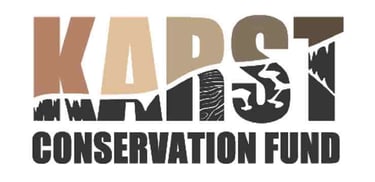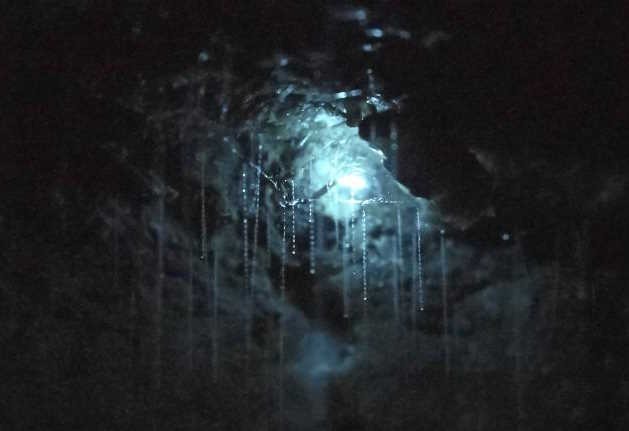
The Work of Cave Conservation Australia
Photo: Deb Hunter
Who are our people
What we do
advocate for protection of the caves and karst of Australia
explore and map Australia's caves and karst environments
research and document
advise on management and protection of caves and karst on both public and private land
educate by providing information to our members, land managers and the Australian people about caves and karst conservation matters
work in partnership with first Nations peoples, scientists, academics, speleologists and members of the community in furthering these aims.
The Conservation Commission of Caves Australia runs the Cave Conservation Australia website. We draw on volunteer cavers, cave divers, and individuals who explore, research, document, conserve, and educate the public about the caves and karst of Australia on both public and private land. Our passion are our beautiful caves and karst landscapes, places that show us the earth timelines, the past fauna that walked across our deserts, plains and mountains, the underground rivers, passages and chambers of the caves below our feet. Join us and be surprised.
Finances
The Cave Conservation Commission is funded by Caves Australia members. Caves Australia is an independent, volunteer based, non-aligned organisation. Caves Australia is the brand name of the Australian Speleological Federation.
The Karst Conservation Fund is a public fund maintained by the Australian Speleological Federation Inc (ABN 15 169 919 964) to support its environmental objectives.
Volunteering ...


Current Research Projects
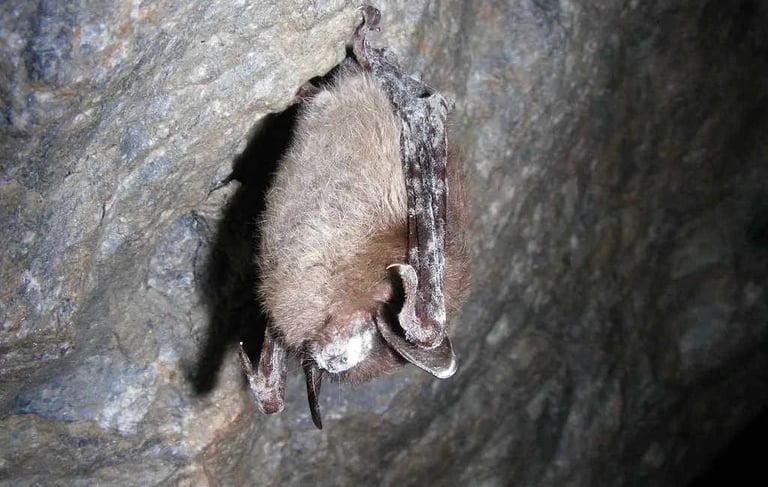

White Nose Syndrome Research Project
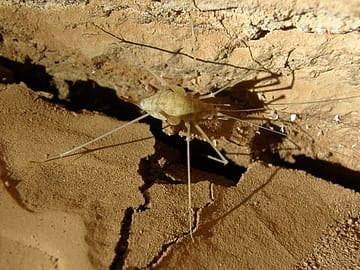

Cave Crickets - What are they?
A project supporting the identification and naming of Cave Crickets around Australia.
Cave crickets live near the entrances of most caves in Southern Australia and Tasmania. They are viewed as an indicator of the health of the invertebrate biota found in caves. They have evolved to live in the darkness of caves They have no eyes, and no chirp. They use their long antennae and legs to find their food.
Promotes public education projects about caves and karst landscapes, how to protect and manage them. See the very successful program: Cave Animal of the Year.
Education Projects
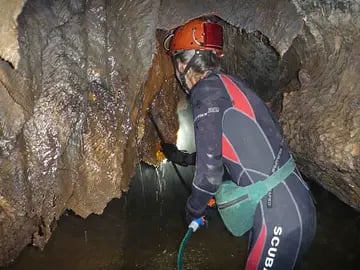

Bushfires have always been part of the Australian landscape, shaping its biodiversity, the evolution of its plants and influencing cultural practices. The 2019-2020 bushfires impacted a large proportion of the caves and karst on the eastern part of Australia, destroying vegetation, wildlife, polluting waterways, with smoke and ash penetrating cave systems.
Research into the fire impacts on caves and biota that live within continues and with another scorching summer predicted, this research is imperative.
Post Bushfire Cave Research
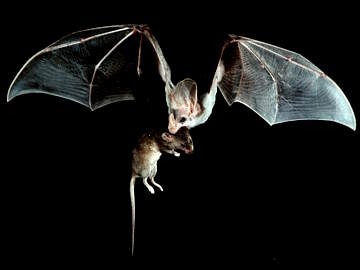

Photo: Barry Baker
Photo: Thomas Varga
Photo: Ken Smith
Photo: David Merritt
Cave Conservation Australia provides support for these karst and cave conservation projects. They are funded by the Karst Conservation Fund.
Protecting Ghost Bats
Cave dwelling bats in SE Australia are considered at risk of WNS should the fungus enter Australia. This project studies the over-wintering and hibernation biology of the critically endangered Eastern Bent-wing Bat in SE Australia.
Mt Etna Ghost Bat Genetics Research has revealed the 2012-3 population was about 30 individual bats, which was substantiated by models based on the restricted genetic base revealed from the laboratory genetic studies.
The Mt Etna population does not interbreed with other populations of the ghost bat in Queensland. This low population is unsustainable. The population has seriously declined in numbers since quarrying destroyed a cave used for over-wintering. Various strategies are being considered to ensure the population’s survival.
North American Little Brown Bat with WNS. Photo Source
The caves of Mt Etna, Queensland
Colong Caves, New South Wales
The Exit Cave System, Tasmania
The Potholes, Victoria
The Caves of the Cape Range Region, Western Australia
Yessabah Caves, New South Wales
Timor Caves, New South Wales
We are now trying to save the Karst of the Nullarbor from a hydrogen development that is 1/3 of the size of Tasmania.
Conservation Victories - caves we have help to conserve in the past
Sellicks Hill Quarry Cave (5A20) is in Cambrian dolomite and limestone, older than that of the Naracoorte caves which have just been nominated for World Heritage Listing. The cave contains some very rare (for Australia) aragonite crystal speleothems and wind blown silt which may contain significant fossil material to complement that found in Naracoorte. The extent of the speleothems in the cave and the close proximity of the cave to the city of Adelaide (approximately 40km) means that the cave could be suitably developed as a tourist destination.
In the Adelaide Hills karst region there are 16 known caves, four of which are sea caves and two pseudokarst. Of the remaining ten caves the longest cave in the region at I km, is Sellicks Hill Quarry Cave. The second longest, Reynella Quarry cave, is 120 metres long and it has been extensively damaged by mining.
A Conservation Tragedy - a cave we failed to save
Sellicks Hill Quarry Cave
A huge store of imagery, maps and research information on Australian Caves
The Caves Australia library is a collection of books, journals, folios, films and archival material relating to speleology and caving. This material is not commonly found in Australia's national or state libraries.
Search the Library Open Public Access Catalogue (OPAC)
This catalogue will allow you to search the holdings of the Caves Australia Library and Caves Australia member society libraries for SUSS and MSS. More information about the collection can be found by visiting the Caves Australia Library webpage. The Caves Australia Library is currently (April 2025) being back-catalogued using Koha.
Contact the ASF library for help in locating material and for donating material to us: asf.caves.library@gmail.com



